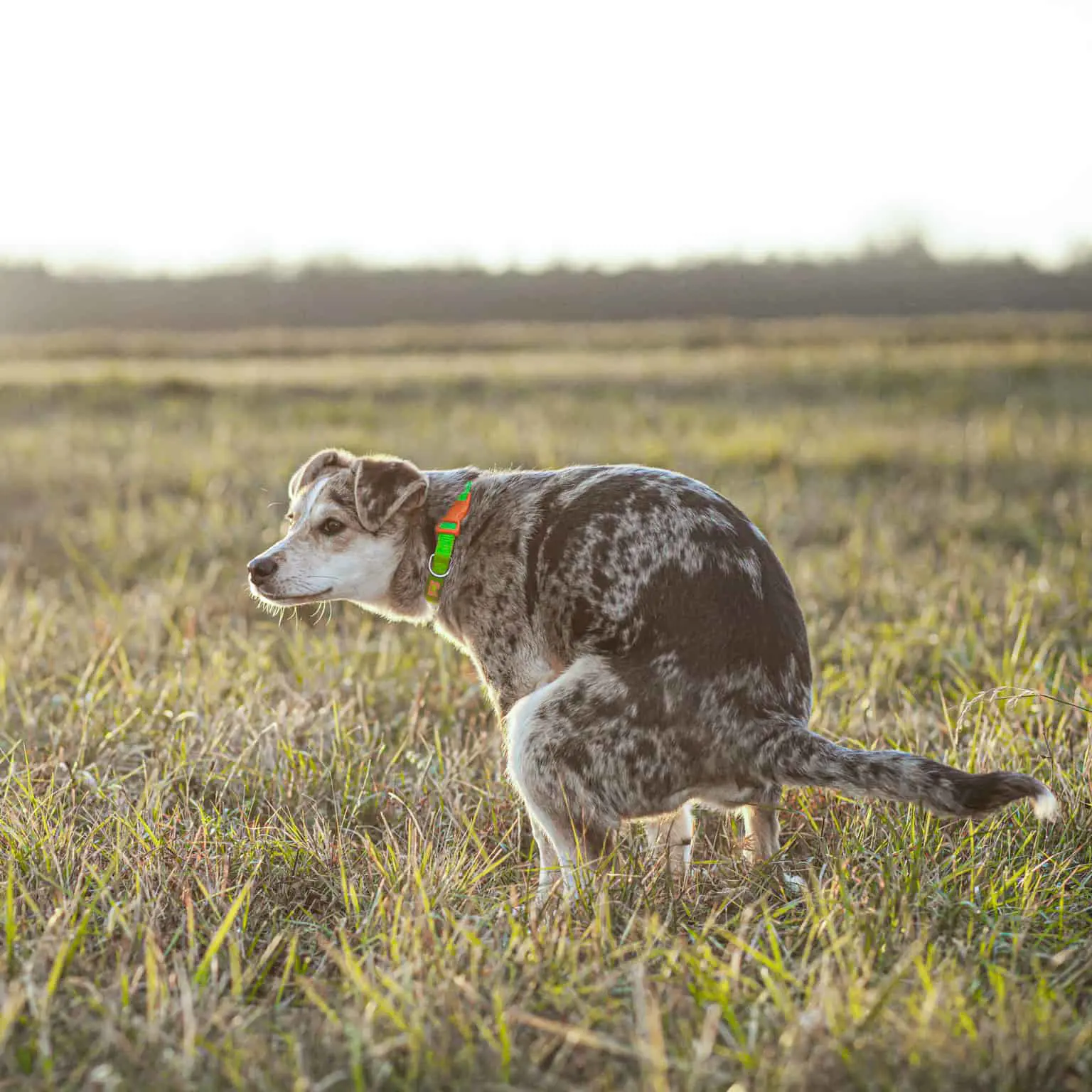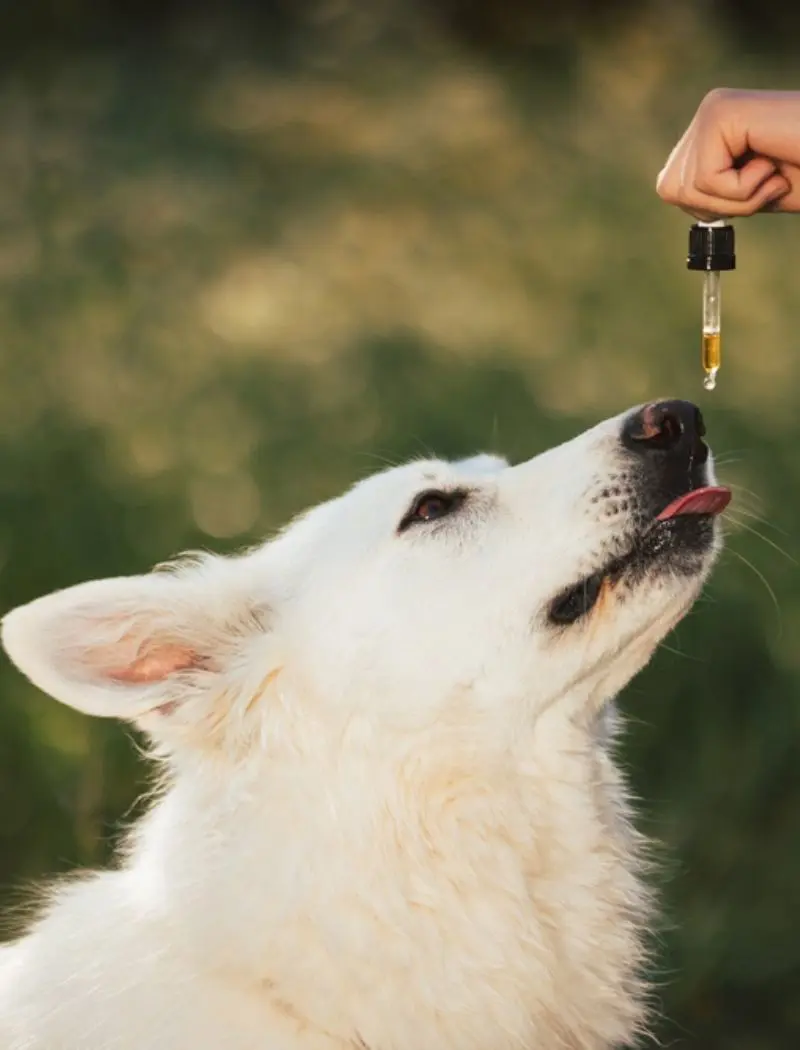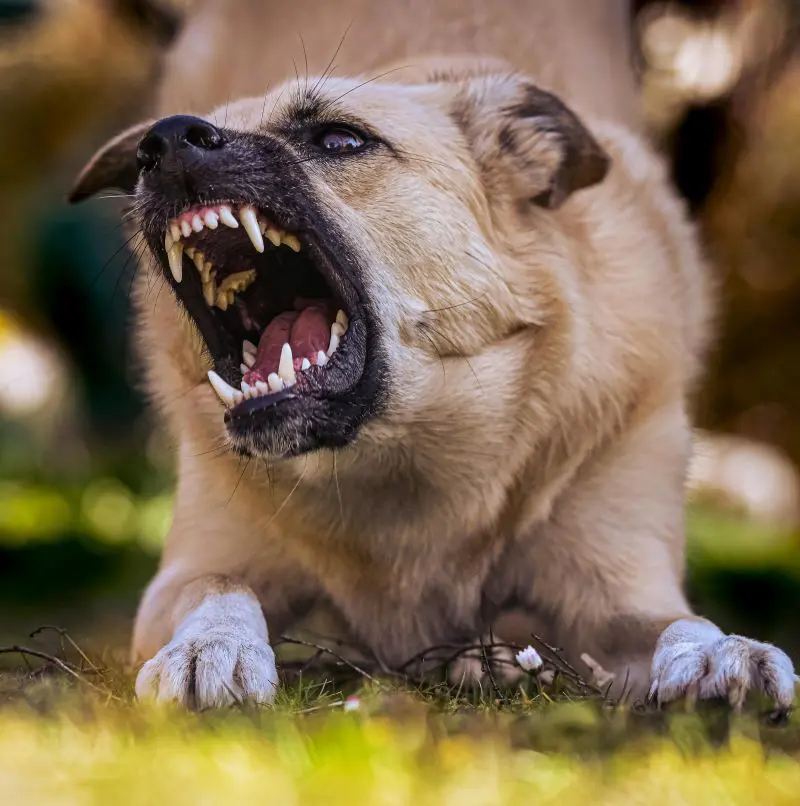What Is Cur Dog? Breed Characteristics And More
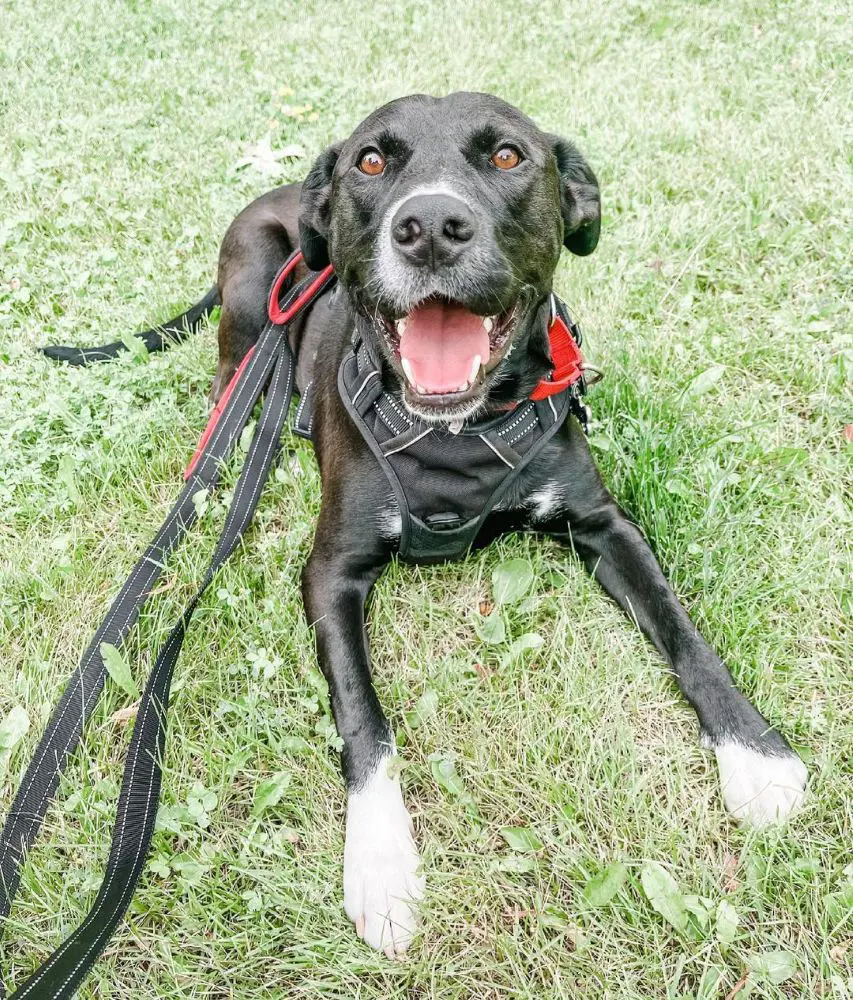
The cur dog, despite its contribution to humanity, has remained an underappreciated canine variety that is usually skipped when choosing pets. Initially, bred to be working dogs, curs are loyal dogs with significant intelligence.
While they are not very popular as pets, these dogs are still highly demanded in farms and rural areas, particularly for guarding livestock. In this article, we analyze everything there is to know about this beautiful dog.
What Is Cur Dog?
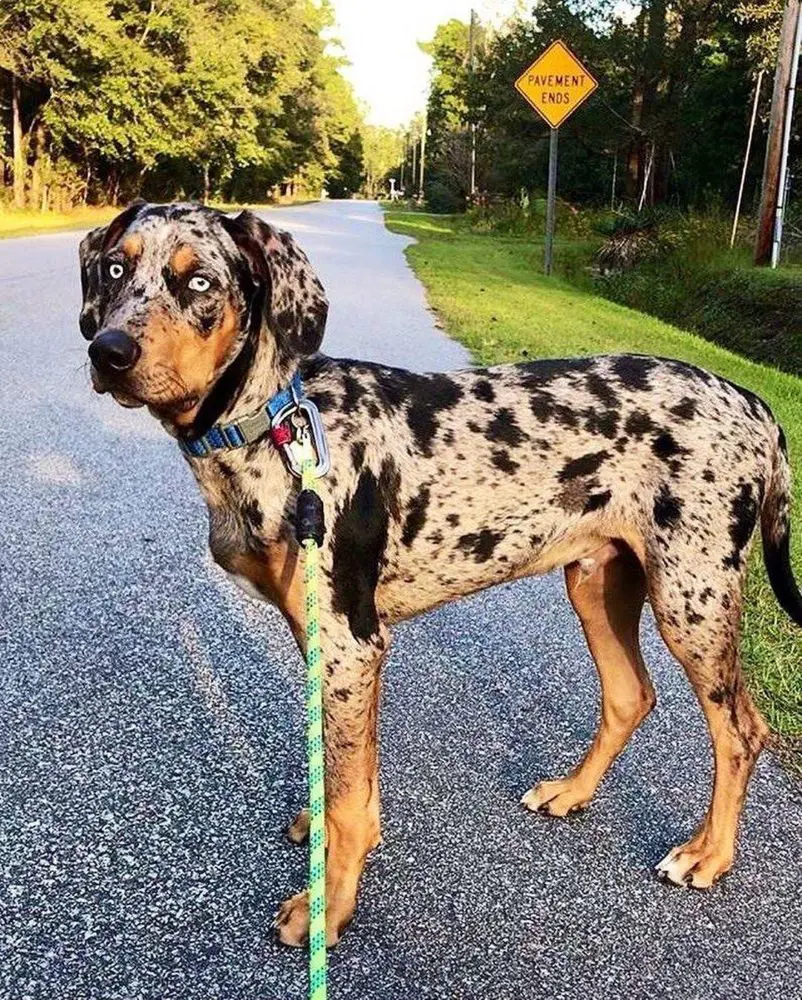
A cur dog refers to a type of working dog, which is traditionally bred in the US for their hunting skills. This isn't a single breed; instead, it is more of an umbrella term that covers multiple breeds with similar characteristics. And, as such, cur dogs are not currently recognized by the American Kennel Club or other breed certification clubs; however, the breeds that come under this category are mostly recognized.
Cur dogs are primarily working dogs that are not normally associated with house pets. Historically, these dogs were bred to herd livestock, guard property, and assist in hunting large and small game. In fact, the term cur often refers to dogs that are aggressive and unfriendly, thus not fit to be a pet. Mongrel dogs are also often considered to be curs; however, these mixed-breed canines don't officially satisfy the criteria.
Cur Dog Origin
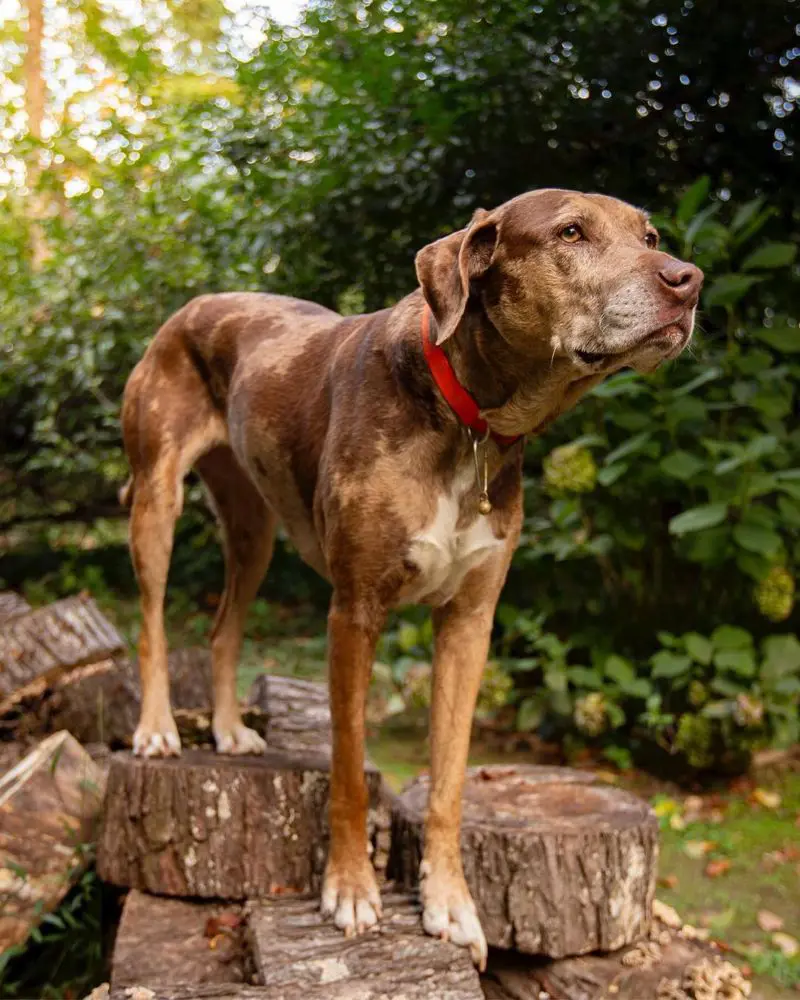
The original cur dogs belonged to England; these dogs were primarily bred for labor-intensive tasks on farms and in rural areas. Unlike the American cur dog, the English cur had a more defined role, particularly in herding cattle.
Valued for their fearless nature, the cur dogs were cherished by farmers for their ability to control livestock, often herding stubborn cattle over long distances and through challenging terrain. The original cur dog began to decline as agricultural practices evolved in the 18th and 19th centuries. As the need for cattle-driving dogs decreased - replaced by improved fencing and more specialized herding breeds - the demand for the original cur diminished.
By the mid-19th century, the English cur dog was largely extinct or absorbed into other emerging breeds. The lack of formal breeding records and standards meant that, as these dogs became less necessary, they were either crossbred with other types or disappeared altogether.
Meanwhile, the American cur dogs, or the modern cur dogs, were likely developed during the 18th and 19th centuries, the same time their English counterparts declined in value. These dogs weren’t a standardized breed but rather a type of hardy, mixed-breed dog created by early settlers in the US.
Cur Dog Physical Characteristics

Though the terminology "cur" consists of diverse breeds, these dogs share some physical features that derive from their origins as all-purpose working dogs. These features were usually the result of selective breeding which made them able to sustain the challenges of hunting, guarding, and herding.
Cur dogs are usually of muscular build, bred to intimidate predators and fight them if needed. Athletic in appearance, these dogs have strong agility and endurance to survive rugged terrains and pursue games over long distances.
Another characteristic feature of these dogs is their short but dense coat. Their coats are specially designed to offer protection from harsh weather conditions, without being over thick.
These are some other unique physical features that cur dogs boast:
- Cur dogs possess an average weight of around 24-60 lbs. Their height can reach between 16 to 27 inches.
- These canines are light shedders during most of the year. However, during their shedding season in the fall and spring, they shed heavily.
- Boasting well-developed jaws, cur dogs are extremely beneficial for hunting. Their powerful jaws can grip a prey for hours.
- These canines possess high-set ears that can either fold or get erect when they are alert.
Cur Dog Breeds
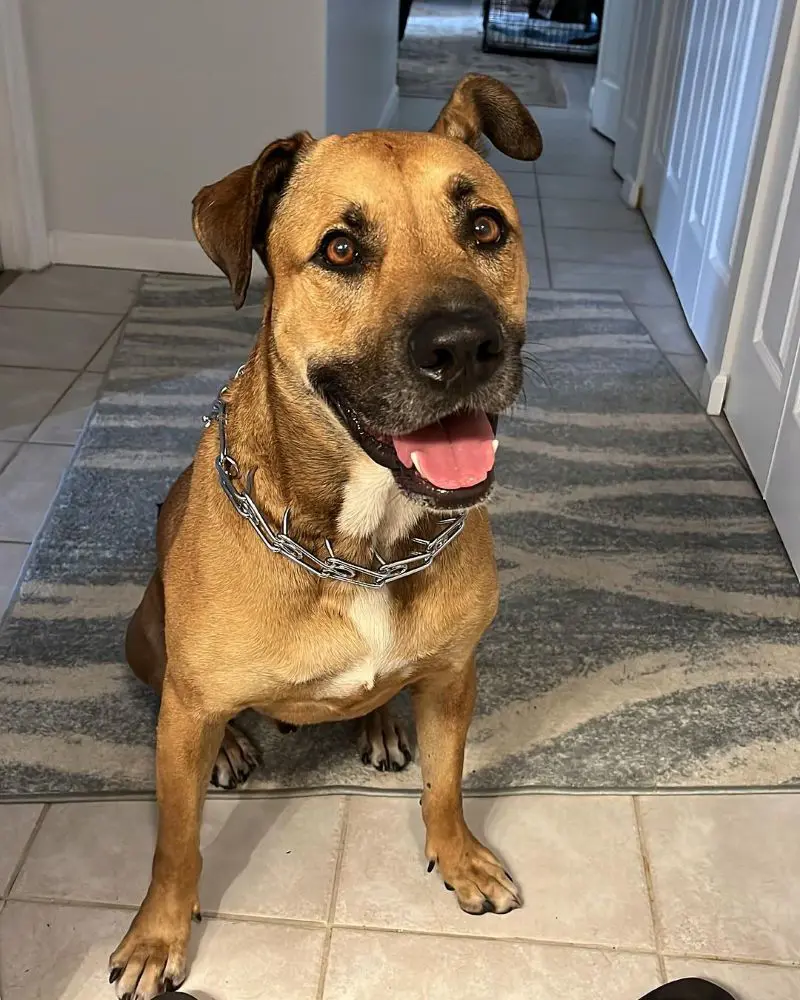
At the moment, 14 different dog breeds are categorized as cur breeds. These include popular breeds like the American Leopard Hound and the Mountain Cur, both of which are recognized for their intelligence and loyalty to humans.
Let's discuss some of the well-known cur dog breeds and get to know them better:
1. Black Mouth Cur
Originating in the southern US, the Black Mouth Cur is often regarded as a utility dog that can handle a wide range of tasks. While they are loyal and friendly to humans, these canines are not considered safe for families with young kids due to their territorial nature and unpredictable aggression.
As a high-energy dog, the black mouth cur requires daily walks and exercises to keep it from getting bored or restless. Don't get this breed unless you're willing to give them an active life with plenty of playtime and exercise.
2. Mountain Cur
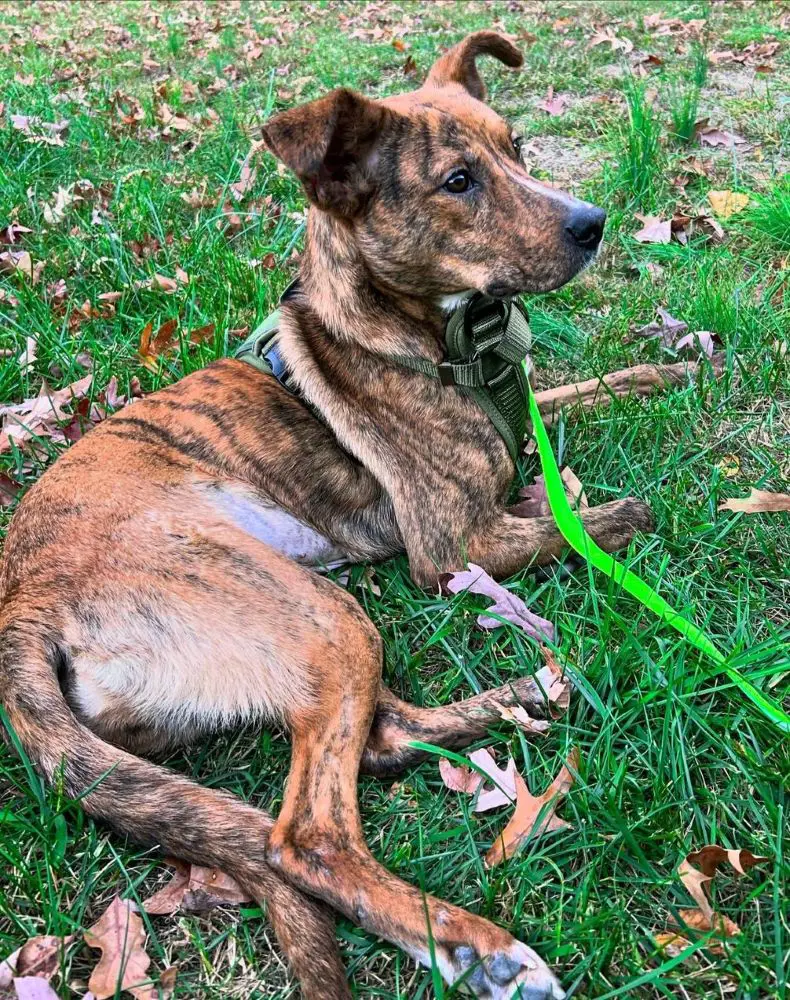
Unofficially called a pioneer dog, the mountain cur was Appalachian region by early American settlers. As excellent hunters, these dogs soon became a crucial part of the early settlers' lives.
Despite their contributions to the pioneers, the Mountain Cur population had drastically declined by the mid-20th century, particularly due to urbanization and a decrease in demand for working farm dogs. Fortunately, a small group of breeders worked to revive the breed in the 1950s, thus preventing the eventual extinction.
3. Treeing Tennessee Brindle
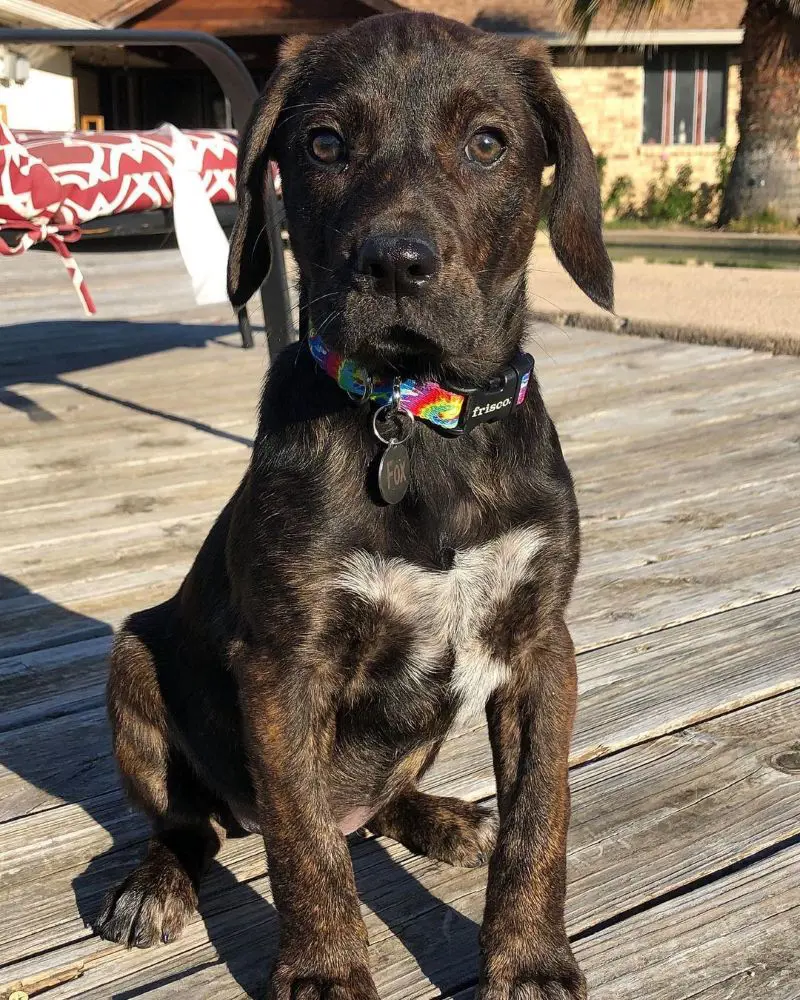
As its name suggests, the Treeing Tennessee Brindle is a hunting dog popular for its unique treeing ability. Treeing refers to a hunting strategy where the dog corners a prey or game and forces it to climb up a tree. As the prey is stuck, it lets out a unique bark to alert its owners, who then hunt the prey with a gun.
A relatively new breed, the treeing brindle was not recognized until the 1960s. A Reverend named Earl Phillips, due to his fascination with these treeing birds, went on to establish the Treeing Tennessee Brindle Breeders Association in 1967.
A unique feature in these dogs is their Brindle Cur bark, which is often used as a form of communication to alert the hunter of a successful hunt.
4. American Leopard Hound

One of the oldest American breeds, the American Leopard Hound is potentially linked to Spanish dogs brought over by explorers in the 16th century. These dogs adapted over generations to the North American wilderness, developing strong hunting instincts.
With exceptional scent-tracking abilities and endurance, these dogs are highly effective for hunting big game like deer, boar, and bear. These dogs are also called cold-nosed dogs, due to their ability to track older trails - a valuable trait for hunters.
Additionally, the hound breed was selectively bred for endurance and stamina; they can cover large areas and track game for long distances without tiring easily. This quality makes them ideal for hunters who need a dog with both speed and endurance.
5. Blue Lacy Dog
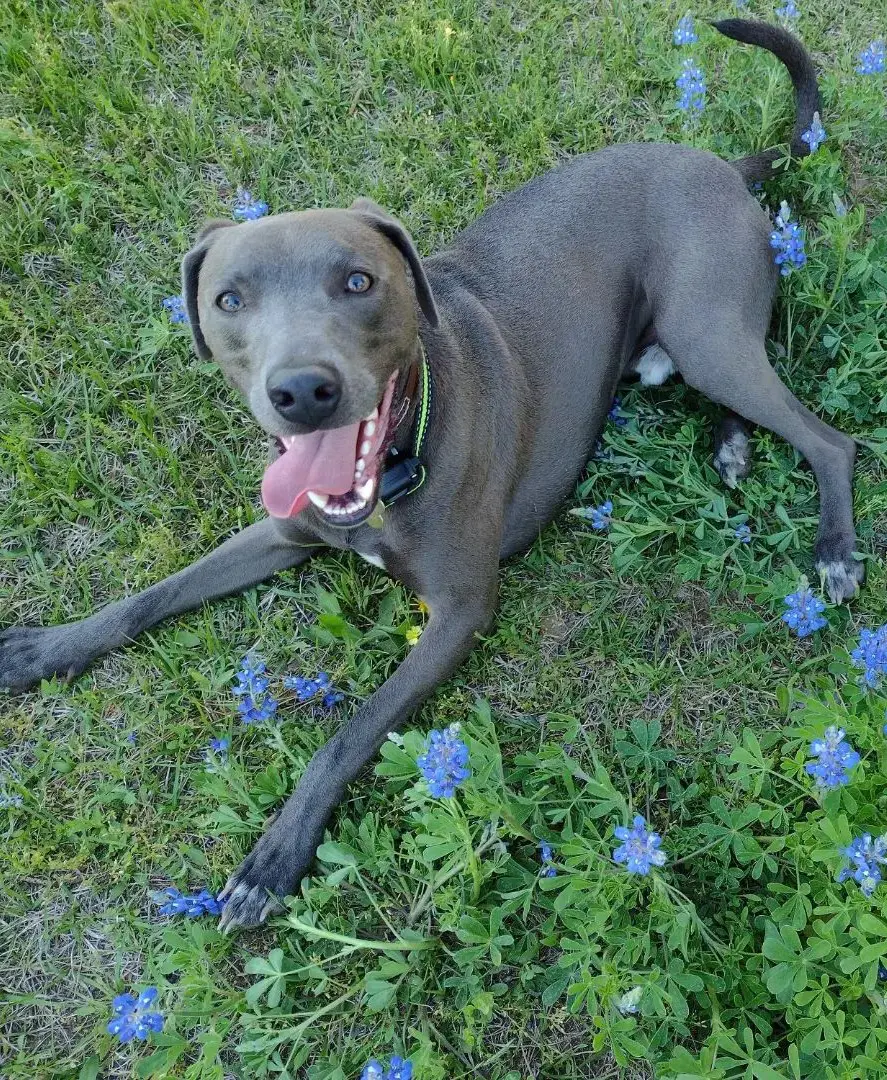
The Blue Lacy is Texas's official state dog, an honor the breed received in 2005. Originating in the Lone Star state in the mid-19th century, the breed has become a symbol of the state’s rugged frontier history and cattle-ranching heritage.
Blue Lacys were bred by the Lacy family in Texas for various tasks, including herding cattle, hunting wild hogs, and general ranch work. Recognized for their versatility, these dogs are valuable to ranchers and hunters alike for their ability to herd, track, and retrieve.
Cur Dog Personality Traits
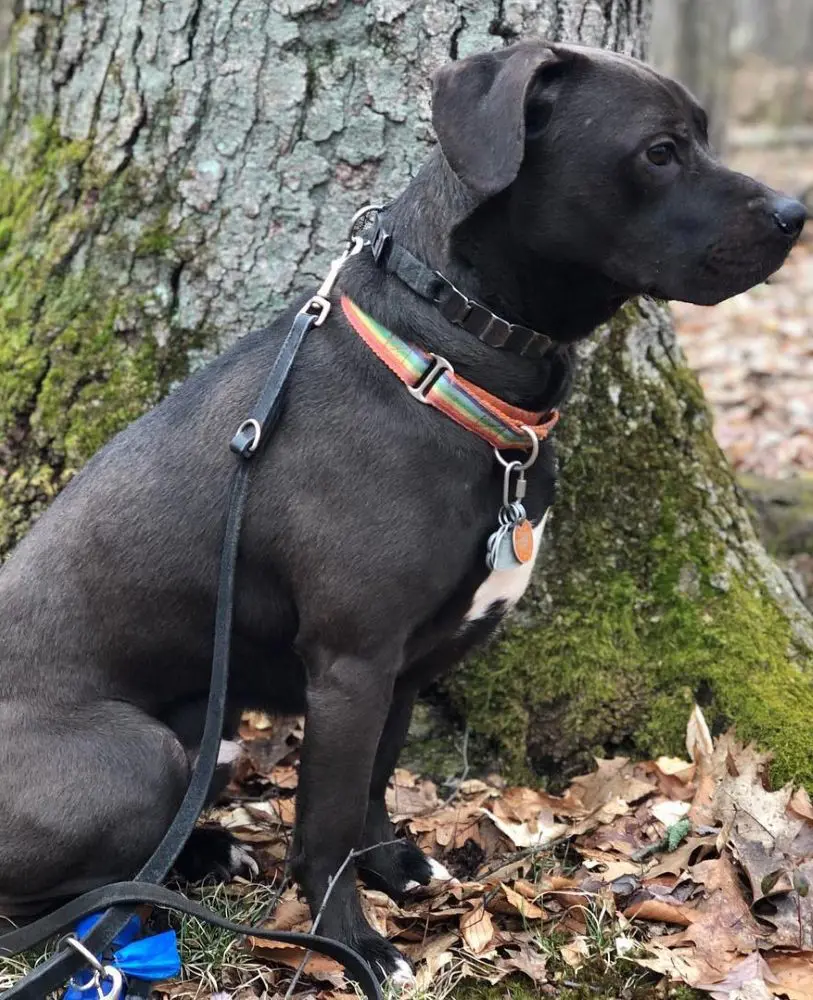
Despite the term "cur dog" being used as slang to describe poorly-behaved or unfriendly dogs, cur dogs are not more aggressive than an average breed. In fact, these dogs are often considered some of the best working dog breeds when it comes to cattle ranching or livestock herding.
Normally, these dogs keep a calm temperament but can get aggressive when faced with a threat or danger. These are some of the well-known personality traits of these dogs.
1. Intelligent and Quick-Learning
When it comes to tasks that require problem-solving, adaptability, and quick learning, cur dogs are considered highly intelligent. Their intelligence is often described as functional intelligence, meaning they are highly adept at understanding and performing tasks directly related to their roles, such as hunting, herding, guarding, and tracking.
Cur dogs are fast learners, particularly when training involves their instincts. They excel with commands related to herding, tracking, or hunting and can quickly pick up routines when consistent training is provided.
2. Loyal and Protective
As pack animals, these dogs are not only loyal to each other but also to humans. They are also known to form strong bonds, especially with their handlers who help raise and train them.
In addition to their sense of loyalty, these dogs are also incredibly protective of their family members; they are known to take on much bigger animals when it comes to protecting their families.

3. Energetic
Often requiring significant physical activity and mental stimulation, these dogs have high energy levels and a strong work ethic. Additionally, these canines can also travel across challenging terrains for hours without breaking a sweat, which is why these dogs are so effective in hunting.
Cur dogs are the ideal pets for anyone who spends their day with tons of physical activities. But, if you spend most of your time couch surfing, then this breed is probably not for you.
4. Independent but Responsive
Although cur dogs are independent thinkers - an asset in the field or on the farm - they are also responsive and eager to please their owners. The combination of these two traits makes them extremely versatile and manageable with proper training.
However, due to their centuries of independence, they can sometimes become stubborn. However, with the right training, they can always be disciplined.
5. Affectionate
Unlike their aggressive persona, cur dogs are actually affectionate creatures that are greatly affectionate towards their families. They are generally good with children; however, they also have a risk of occasionally turning aggressive. This is why they are not usually recommended for families with babies or young children.
Other than that, cur dogs are generally safe to be around.
Recent posts
Dogs
Dog Poop Color Chart: How To Know Your Dog's Poo is Healthy
As strange as it might seem, your dog’s poop can reveal a lot about their overall health. By paying attention to the color, consistency, and frequency of your dog's stool, you can catch early warning signs of a wide range of health issues&mdash...
Is Watermelon Good For Dogs?
Watermelon can be a nutritious treat for dogs when given in moderation. Over 90% of the flesh is made up of water, which helps with hydration, especially in hot conditions. It also contains fiber for a healthy digestive system and important vitamins ...
Is Peppermint Oil Safe For Dogs? Benefits and Safety Tips
Essential oils are becoming famous among pet parents as they can be infused easily through the surface or by sniffing them in. Peppermint is an essential oil that has a good odor and various health advantages. The safety of this oil is a topic of con...
Dog Sleeping Positions And Their Meanings
The diverse sleeping dog positions of our furry companions unveil a fascinating tapestry of behaviors and emotions in the canine realm. From the classic Curler to the enigmatic Superman, each posture conveys a unique message about a dog's well-being ...
Why Is Your Dog Showing Aggression And How To Stop It
Dog aggression can be scary, but understanding the cause is the first step to solving it. Common reasons include fear, pain, or feeling threatened. It could also be due to anxiety from new individuals or canine friends, or even guarding food o...
The Lifespan of Dogs: What Every Pet Owner Should Know
Dogs are beloved companions, providing comfort, security, and joy to millions of households worldwide. One of the most common questions among dog owners and enthusiasts is, "How long do dogs live?" Understanding the lifespan of a dog involves conside...
